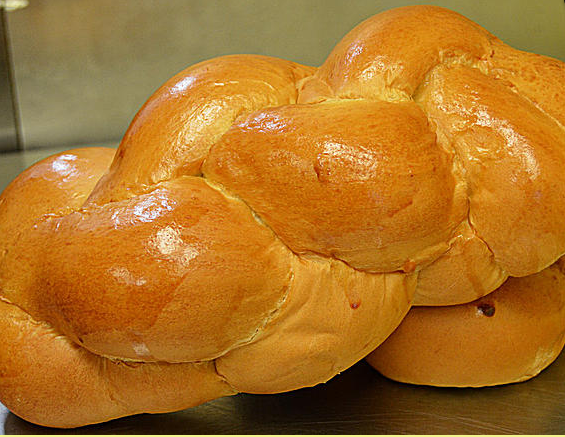Internet Archeology
Keeping Kosher – How a Kosher Home Stays Kosher
What do we know about Keeping Kosher at Kosher Bread Pro ? We know it’s a hot topic for Kosher Baking.
About Keeping Kosher
Kosher food is defined as food permitted to the Jewish people by Biblical law. This is the third of three articles on keeping kosher. We have previously described: 1) Permitted species 2) kosher slaughter 3) Forbidden foods 4) Forbidden mixtures.
The next step is to use this knowledge to make sure that you keep your home kosher. This step has two parts:
1) Purchase only kosher food and
2) Avoid combining foods which are not meant to be eaten together.
1) Buying your kosher food supplies. This sounds simple and is truly not complicated. Just remember that there is more to keeping kosher than some people think. Use a reliable certification agency. Finding agencies that certify only kosher establishments is not difficult. Consult your Orthodox rabbi or use our resource below. Look for a sign of kosher status in any shop or service you use like a bakery or a caterer. On packaged products look for a kosher symbol, the trademark of the specific agency. In summary form, that is how you ensure that everything, when it first arrives at your home, is kosher.
2) Once the food is in your house, your next task is to avoid forbidden mixtures. That takes some planning and know how.
The main things to separate are meat and milk. Keep all foods consisting even partly of any dairy ingredient from contact with foods that may contain meat. The mixture may not be eaten, cooked or used.
What happens if you make a mistake? Things can get tricky. Food status transfers in a potentially endless chain reaction. The pot used for chicken soup or beef stew is now a “meat pot”. If you add milk by mistake the pot and the food might now not be kosher. If you taste the food with a spoon, it might not be kosher… If you wash that spoon in your sink, the sink might not be kosher. So it can go, but it doesn’t have to. Transfer of food status is a complex matter studied in rabbinic seminaries and a rabbi should usually be consulted.
Here are a few suggestions on how to avoid mistakes:
a) Use separate dishes, cutlery, utensils and pots for meat and dairy. Use distinct patterns.
b) Use a color scheme. Blue is commonly used for dairy, red for meat. Apply the color scheme widely – tablecloths, place mats, oven gloves, cleaning pads, dishtowels.
c) Keep meat and dairy as physically separate as possible.
d) Try to cook only one type at a time. Ditto for serving (even different people).
e) Clean as you work.
The good news is that some mistakes can be undone. If you do make an error, setthe food aside and ask your rabbi what to do. The following information will help him:
a) What type of food was involved?
b) Where was it – on the stove – ?
c) How recently had the pot been used?
d) how hot was it?
e) Is the pot metal or stone?
It may be that the pot can be made kosher and the rabbi can show you how.It may be that the food and the pot are still kosher so always ask.
Please bear in mind that this article is only a summary. To be sure that you are purchasing, eating and providing others with kosher food, you need more information and a knowledgeable mentor.
About the Author: Leslie Rosenberg has a long-standing professional involvement in the kosher food industry. He has extensive knowledge of the Jewish dietarylaws and of kosher certification practices.
Visit http://the-definition-of-kosher.com/ for expanded information and all the necessary resources to know that you are keeping kosher according to the original Biblical law.
Source: www.articletrader.com


